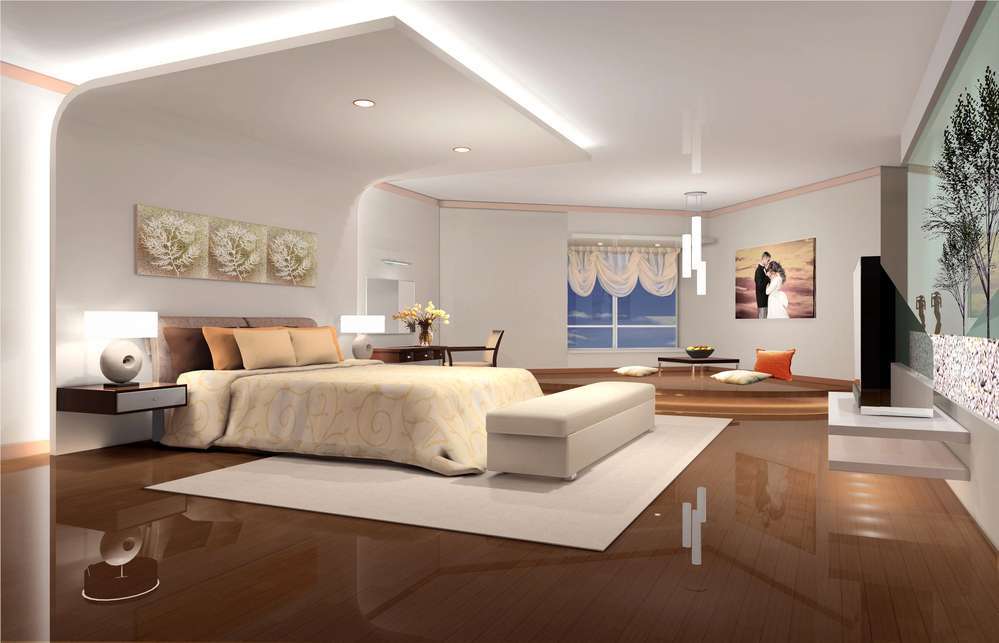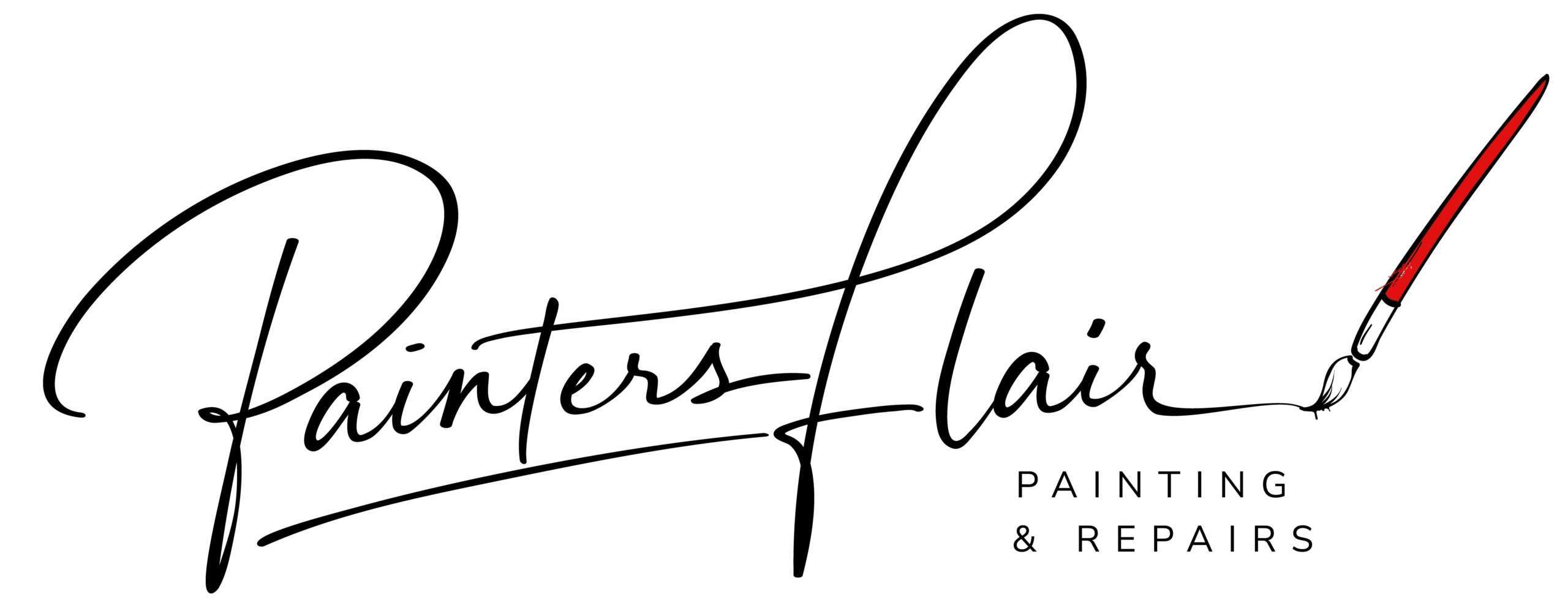
Welcome to our in-depth exploration of why a painted wall that has aged a couple of years does not touch up without looking touched up when dry. This common phenomenon poses a challenge for many homeowners and interior designers, who seek to maintain the fresh aesthetic of their walls. In this article, we will delve into the science behind fading paint, exploring the impact of sunlight, environmental factors, and daily activities within the home.
Understanding the Aging of Paint
Paint, whether applied to interior walls or exterior surfaces, undergoes a transformative process as it ages. The impact of sunlight, environmental conditions, and human activities within the space all contribute to the gradual alteration of the paint’s color and texture.
Impact of Sunlight and Environmental Factors
Sunlight plays a significant role in the aging of paint, particularly for exterior surfaces exposed to direct sunlight for prolonged periods. Ultraviolet (UV) rays can cause pigments within the paint to break down, leading to color fading and changes in the paint’s chemical composition. Additionally, environmental factors such as humidity, temperature fluctuations, and air pollutants can further accelerate the degradation of paint, contributing to its altered appearance over time.
Differential Fading of Paints
Not all paints age at the same rate, and some may exhibit faster fading than others. Variations in paint quality, pigment concentration, and UV-resistant additives can result in differential fading, where certain areas of a painted surface may retain their original color more effectively than others. This inconsistency in fading can create challenges when attempting to touch up aged paint, as the newly applied paint may not blend seamlessly with the surrounding areas.
Factors Affecting Interior Painted Walls
While exterior surfaces face the direct impact of sunlight and environmental elements, interior painted walls are also subject to various factors that contribute to paint aging and difficulty in touch-ups.
Effect of Daily Activities
Smoke from cigarettes and cooking can have a pronounced impact on the appearance of interior paint. The particles and residues generated from smoking and cooking activities can adhere to painted surfaces, leading to discoloration and the formation of an uneven layer atop the original paint. Additionally, the general wear and tear associated with daily living within a home, such as frequent contact with walls and the accumulation of dust and grime, can gradually alter the appearance of interior paint.
Challenges of Touching Up Interior Walls
When attempting to touch up aged interior walls, the presence of smoke residues, cooking-related discoloration, and overall paint aging can present significant challenges. The differing surface conditions and color variations resulting from these factors make it difficult to achieve a seamless touch-up, often leading to visible differences between the freshly painted areas and the surrounding wall.
Conclusion
In conclusion, the aging of paint, whether on interior walls or exterior surfaces, encompasses a complex interplay of sunlight exposure, environmental influences, and daily activities within the living space. Understanding the factors contributing to fading paint and changes in appearance is crucial for homeowners and professionals interior painters seeking to maintain the aesthetic integrity of painted surfaces. As we navigate the challenges of touching up aged paint, it is essential to consider the multifaceted nature of paint aging and explore strategies to address these visual discrepancies effectively.
